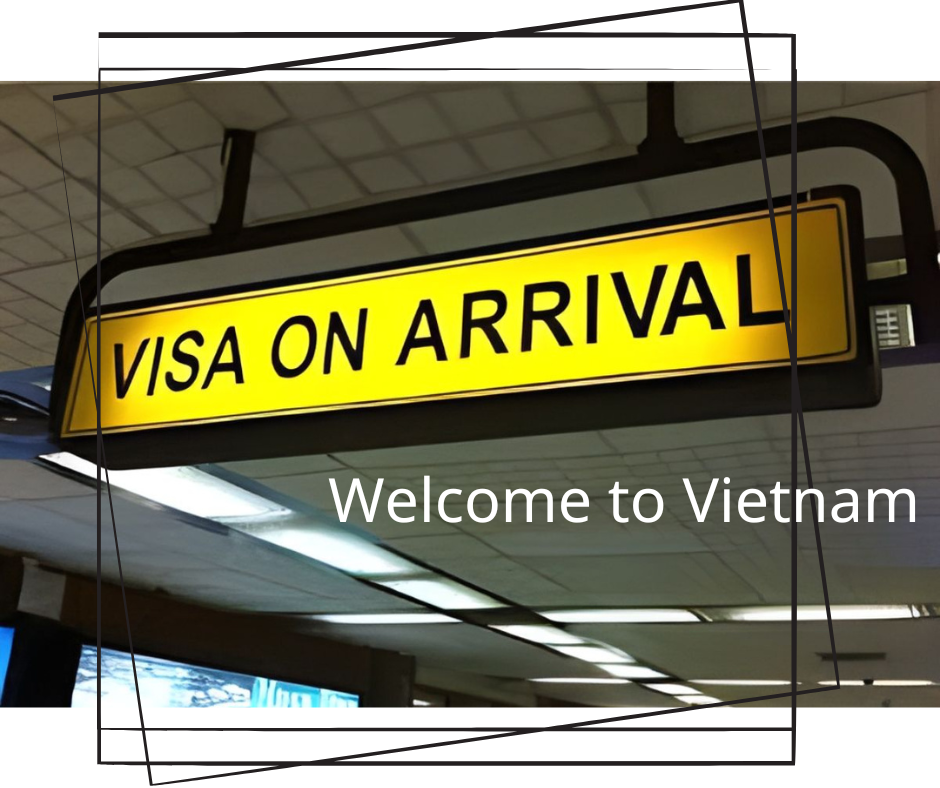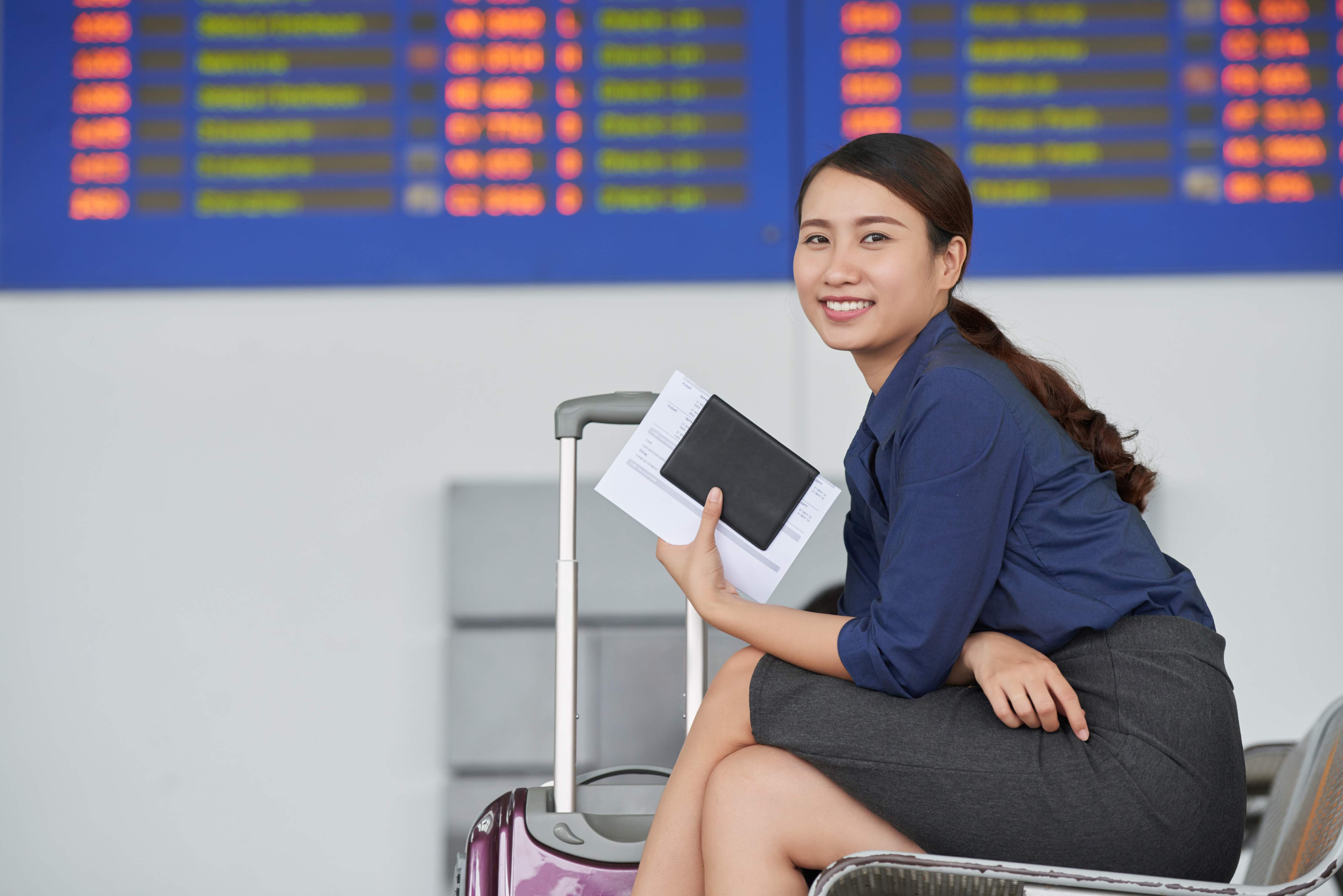To make the process of applying for a Vietnamese visa easier for international tourists, the government has introduced an electronic visa system. On the other hand, there are cases when …

Planning a trip to vibrant Vietnam, but worrying about the long waiting time of E-visa process? You’re not alone. Many travelers find navigating the maze of paperwork and online forms overwhelming. Luckily, there’s a simpler solution waiting for you: the Vietnam Visa On Arrival. This hassle-free alternative to the e-visa streamlines your journey, allowing you to get visa approval very quickly. In this ultimate guide, we’ll walk you through everything you need to know about applying for a Vietnam Visa On Arrival, ensuring that your travel preparations are as stress-free as possible. Say goodbye to tedious applications and hello to a seamless travel experience. Dive in and discover how to make your entry into Vietnam smooth and straightforward!
When planning your trip to Vietnam, determining the most suitable visa type is crucial. The Visa On Arrival (VOA) and the E-visa represent two primary options available to travelers, each with its unique application process and requirements. Understanding the distinctions between them can significantly impact your travel preparation process.
The E-visa, introduced to simplify entry into Vietnam, is an electronic visa available to citizens of all countries. Applicants can complete the entire process online, from application to payment, and receive their visa electronically. This visa is valid for up to 90 days, with single or multiple entry. The process is straightforward but can vary in processing times, and not all entry points accept the E-visa.
Conversely, the Visa On Arrival requires travelers to obtain a pre-approval letter before departure. Upon arrival in Vietnam, they present this letter, along with other required documents, to receive their visa stamp. The Visa On Arrival is available for both tourist and business purposes, offering more flexibility with single and multiple entry options for up to 3 months, dependent on what the traveler applies for. This option necessitates interaction with immigration authorities upon arrival but can be more accommodating for last-minute trips and longer stays.

The Vietnam E-visa is touted for its convenience, but the processing time can vary. Normally, it takes about 3 to 5 working days to receive your visa after submitting the application. However, this timeframe can extend due to several factors. Common reasons for delays include entering incorrect information on the application form or uploading documents that do not meet the required specifications.
Technical problems with the immigration department’s website or a high volume of applications, especially during peak travel seasons, can also cause delays. These are factors beyond the applicant’s control, making it crucial to apply well in advance of your planned travel date to avoid any last-minute inconveniences.
It’s also worth noting that the E-visa system is relatively strict about adherence to requirements. Small mistakes can lead to application denials or the need to reapply, which further emphasizes the importance of double-checking all entered information and attached documents.
The processing time for a Vietnam Visa On Arrival is notably quicker and more predictable than that of an E-visa, primarily because it involves obtaining a pre-approval letter before your trip. Typically, this letter can be secured within 2 to 3 business days for standard processing. However, for those in a hurry, expedited services can reduce this wait time to just a few hours, making it an excellent option for last-minute trips.
It’s important to note that the pre-approval letter is not the visa itself but a document granting permission to board your flight to Vietnam and get the visa stamp upon arrival. After receiving the letter via email, you should print it out to present at the visa-on-arrival counter at one of Vietnam’s international airports.
Despite its name, the Visa On Arrival does require some pre-trip planning. The key advantage lies in its flexibility and the speed of obtaining the pre-approval letter, especially compared to potential delays with the E-visa system.

To ensure a smooth Visa On Arrival process, being prepared with the correct documentation is essential. The required documents are straightforward but must be presented correctly to avoid any delays upon your arrival in Vietnam.
First and foremost, you will need the pre-approval letter obtained before your departure. This document is crucial and serves as your gate pass to board the airplane and to obtain your visa stamp once you land in Vietnam. Alongside this letter, a completed entry and exit form, which is often sent with your pre-approval letter email, must be filled out in advance to save time at the airport.
Additionally, you must present two passport-sized photos. These photos should meet the standard passport photo criteria: a white background, no glasses, and a clear view of your face. It’s also vital to have your original passport, which should be valid for at least six months beyond your arrival date, and it must have at least two blank pages for the visa stamp. Finally, the visa stamping fee, payable in cash upon arrival, is required. It’s important to check the latest fee structure before your trip, as fees can vary depending on the visa type and duration.
Applying for a Visa On Arrival to Vietnam involves several steps, which, when followed correctly, can ensure a hassle-free entry into the country. Here’s a detailed guide to help you navigate the process smoothly.
This step-by-step approach simplifies the Visa On Arrival process, making it accessible for travelers seeking a hassle-free way to enter Vietnam.

The Vietnam Visa On Arrival offers a practical and efficient alternative to the traditional E-visa, especially for those looking for flexibility or facing delays with their E-visa applications. By understanding the differences between these visa types, preparing the necessary documents, and following the outlined steps for the Visa On Arrival application, travelers can significantly simplify their entry into Vietnam.
Remember, the key to a smooth visa process is preparation. Ensure all your documents are in order, understand the fees involved, and choose the visa type that best suits your travel needs. With this ultimate guide, you’re now equipped to navigate the Vietnam visa process with ease, paving the way for an unforgettable adventure in the heart of Southeast Asia. Welcome to Vietnam!

To make the process of applying for a Vietnamese visa easier for international tourists, the government has introduced an electronic visa system. On the other hand, there are cases when …

An electronic visa system has been designed and deployed by the Vietnamese government in order to simplify the process of obtaining visas for international tourists. On the other hand, there …

The Vietnamese government has established an E-visa system to facilitate the visa application procedure for international tourists. Nonetheless, there may be occasions when your E-visa application experiences delays, resulting in …

In order to expedite the visa application procedure for international travelers, the Vietnamese government has instituted an electronic visa system. Nevertheless, there may be instances in which your E-visa application …

The E-visa system the Vietnamese government instituted aims to expedite international visitor visa application procedures. Your E-visa application can be delayed, though, which would cause you uncertainty regarding your trip …

The Vietnamese government has introduced an E-visa system to simplify the visa application procedure for overseas visitors. However, there may be times when your E-visa application is delayed, leaving you …

To expedite the visa application procedure for international visitors, the Vietnamese government has introduced the E-visa system. Nevertheless, there could be times when your application for an E-visa is delayed, …

The Vietnamese government has implemented an E-visa system to streamline the visa application process for foreign travelers. However, there may be instances where your E-visa application is delayed, leaving you …

Making travel plans to Vietnam and questioning Da Nang Airport’s visa policies? You are not isolated. Da Nang, among the busiest airports in Vietnam, is quite important in greeting foreign …

